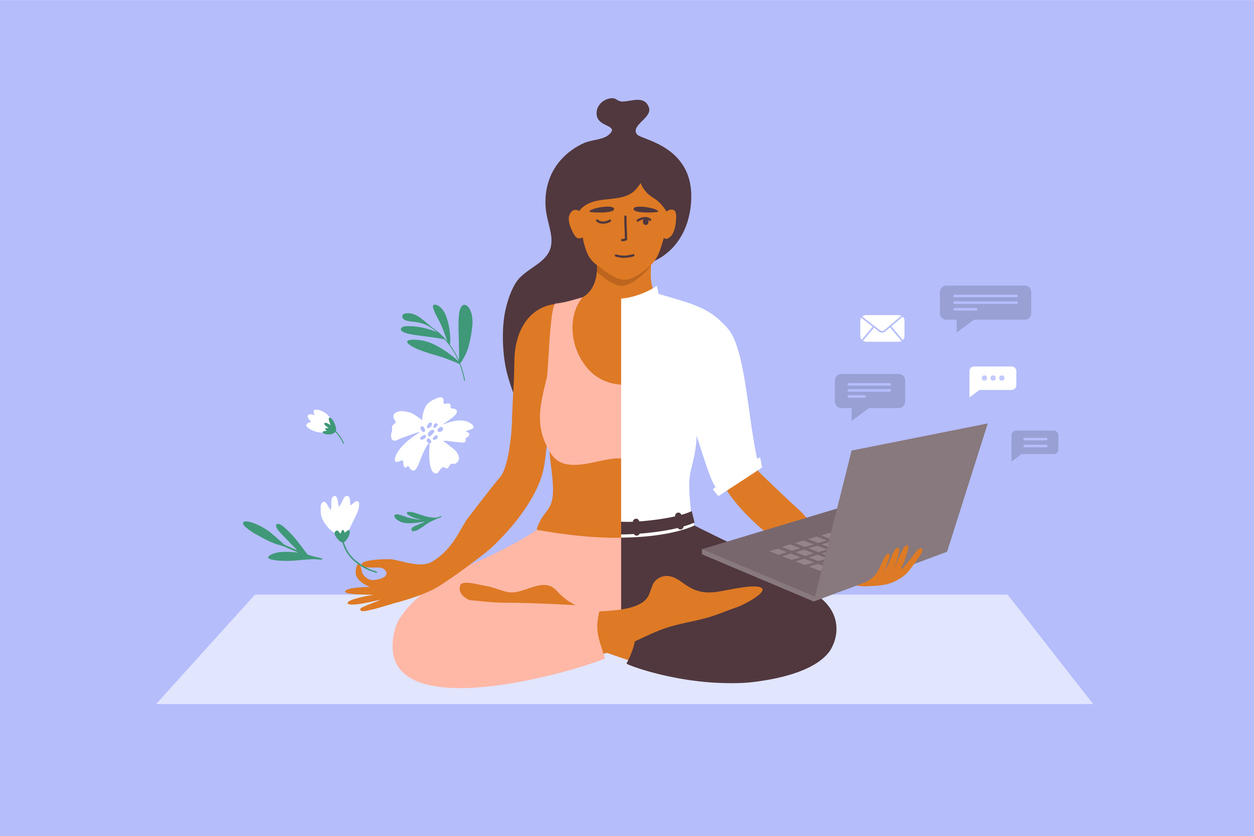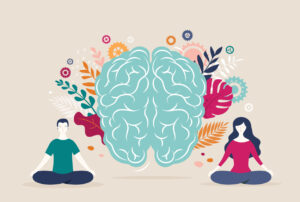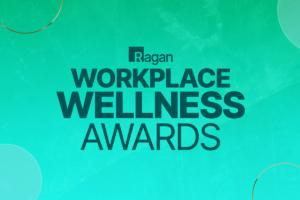How wellness initiatives positively impact employees outside of work
When done right, wellness initiatives can positively impact your employees outside of work.

For Dr. Danny Kim, PhD, senior director of people and culture at Raindrop Agency, leading wellness initiatives helps foster work-life balance and emphasize mental health for all employees.

Dr. Danny Kim, PhD, senior director of people and culture at Raindrop Agency
Kim is a believer in a people-first culture, wherein employees’ needs, desires, expectations and values are considered.
At the beginning of the year, the agency took a closer look at its wellness programs to determine how to create more employee engagement around the offerings. Hence, a wellness committee, led by employees, was established soon after.
Ragan Wellness spoke to Kim about his definition of wellness, the initiatives that employees advocate for and ways to be intentional about wellness in the workplace.
Ragan Wellness: What are your thoughts on wellness or an individual’s well-being in general?
Danny Kim: I think there are a number of different ways to define it. And I think part of the challenge and opportunity we have as people leaders is that wellness and well-being is subjective. (I’m) redefining it as having the energy and time to tend to the things that are most important for you.
RW: Do people feel comfortable using flex hours and mental health days? And if so, what has that experience been like?
Kim: Part of the opportunity as leaders is to be really intentional. It’s a given everybody wants more days off. We send out anonymous pulse surveys every week, two to three questions at a time. It’s a range of questions, from fairness to communication, to leadership, to the work.
One of the things that we found is (the question of) having the energy to be able to work. Do you have energy after or before work to be able to do what you want to do with your life? That is a sign, an indication of wellness, for me. If (you’re) exhausted and drained, of course, you’re going to need a mental health day because you’ve been exhausted.
If we can create what I like to call sustainable wellness, that is (when) I’ve got the right team members to back me up on any help. I know who to go to. I’ve got the right tech stack to be able to support all the communication. I have boundaries during the work day, I have a lunchtime, I’m able to check off at 5:30 p.m. (With) all of those things I believe that wellness days become less necessary. Because the point is to create a sustainable 40-hour work week.
RW: How does the wellness committee intertwine with the structure at Raindrop?
Kim: (Employees) have been advocates for what we rolled out at the beginning of the year called Raindrop’s road to wellness and it was like a little fun game. People can win prizes. They rolled it all out and structured (it around) mental, emotional, psychological and physical well-being, (as) different educational practices. And then every week, they present wellness tips of the week. Drinking water, sleeping, journaling, setting intentions, changing your mindset, these kinds of things that I then enlist them to present. So, they’re learning themselves, but the rest of the agency gets to hear their voice.
We also have a wellness channel where they provide tips. The last few months we’ve had people share really deep things, things like ‘I’ve struggled with alcoholism. And so this is my growth to wellness’ or somebody on our team has had a family loss and they’ve been going through the wheel of emotions with their daughter, then it sparks innovation for other team members.
It’s like this community wellness invitation. It’s not a mandate, it’s not coming from the top. It’s more about creating opportunities for people to share wellness ideas in the vein of ‘how can we how do we do this together?’
RW: Anything else you want to add?
My encouragement would be you can be creative and intentional without a lot of money That’s the key It’s not just about giving people more money, it’s not just about giving more food out and it’s not just about taking time off. I think there are ways to create meaningful connections between employees that enhance wellness and de-stress as a result.”
As parting words of encouragement, Kim says some ways to creatively and intentionally focus on wellness can include professional development, training, one-on-one connections, happy hours, and spontaneous mental health days.
This interview has been edited for length and clarity.
Editor’s Note: Peer-to-peer knowledge sharing around employee wellness programs is the central focus at our upcoming Ragan Workplace Wellness Conference in August. There are challenges but plenty more opportunities…let’s crack the code on wellness together.







